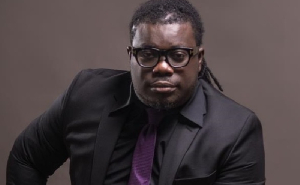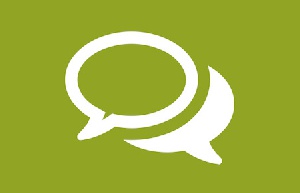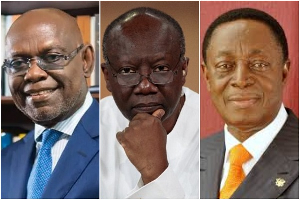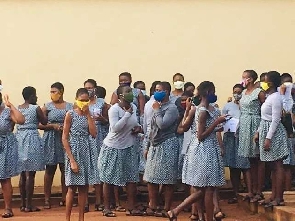Why too many extra classes is harmful to the total development of Ghanaian school children.
As the academic year gradually comes to an end, students and pupils would have spent approximately 1,800 hours doing school work, 8 hours of each working day for five days.
In addition to these, many students and pupils would have spent four hours every weekend in “Saturday Classes”, and in some extremes, private tutoring hours after school hours.
All these hours will go largely into teaching and about 450 hours of the1,800 hours will have been dedicated to breaks or fun times during the official school hours.
After these long, stressful hours of the school year, vacation classes would be arranged for strict attendance by our children for another month or two, depending on calendar.
A check on www.ghanabuysell.com in mid-June 2016 showed as many as 36 different adverts for vacation classes just within Accra-Tema.
Vacation classes have become so popular now that MPs and MP aspirants are providing it as part of their service to the people.
Vacations classes tend to steal from the proper development of our children but supporters of the initiative of schools to supplement schoolwork during the vacation, argue that parents have a challenge taking care of their children during the vacation period.
Others state that the schools are unable to duly cover the curriculum for the school year and so would need the vacation period to catch up and complete the term’s work. Educators and parents often voice concerns about the possible negative impact of the long vacation on student learning.
One concern is that children learn best when instruction is continuous.
The long vacation breaks the rhythm of instruction, leads to forgetting, and requires a significant amount of review of material when students return to school in the fall.
Also, the long break can have a greater negative effect on the learning of children with special educational needs.
Though these legitimate reasons are understood, it is however, a mis-education we are giving to our children, a disservice in its purest form when we fail to create a system that both harnesses the intellectual and creative minds of our children, more especially when they are young and still in their formative years.
The worrying trend in vacation classes is the compulsory aspect. Most schools make the classes compulsory, insisting that it is needed to bring children up-to-speed on the syllabi.
In January 2016, www.myjoyonline.com reported that a parent of a final year student of St Paul’s Senior High School at Denu in the Volta region has threatened to sue the school for sacking his son from class.
According to him, his son and some other students were sacked by teachers of the school because they refused to pay vacation classes fees they did not attend.
According to science, the human brain has right and left sides, concurrently called the right and left hemispheres.
The right side or the right hemisphere is the side of the brain that influences and coordinates creativity, love for arts, music and games.
The right brain controls feelings and thoughts. A great appreciation of the right brain gives the individual the will to explore and encounter new experiences.
However, the left brain coordinates analysis, mathematical and intellectual observations of the brain.
It is also logical and verbal. The left and right brains, therefore would need a balanced and adequate equal attention to their separate developments.
Arguments against more academic work during vacationsgenerally question whether more time in school automatically translates into more time on task. For example, the United States’ National Education Association (1987) questioned whether additional time in school might simply lead to additional fatigue for students.
Many argue that unless additional time is accompanied by changes in teaching strategy and curricula, the added time may be frittered away (Karweit, 1985).
Related to this argument is the notion that adding, for example, 5 or 6 days to a school year represents only a 3% increase in school time. Hazleton and colleagues (1992), based on work by Karweit (1984), suggested that 35 extra days would be needed to produce a noticeable change in student achievement.
This is however not the case during the long vacation classes inn Ghana. Thus, given other options for spending education money, opponents ask whether money might not more effectively be spent on improving the quality of instruction or reducing class size.
A research synthesis reported by Cooper et al. (2000) used both meta-analytic and narrative procedures to integrate the results of 93 evaluations of summer school in the United States.
Results revealed that summer programs focusing on remedial, accelerated, or enriched learning had a positive impact on the knowledge and skills of participants.
Remedial programs had larger effects when the program was relatively small and when instruction was individualized.
Togbe Koku Dzaga XI, Paramount Chief of the Klefe Traditional area in 2015 called for regular creative skills vacation classes for pupils in the country.
He said Science, Mathematics and Information Communication Technology classes were good but training in creative skills could make a valuable impact on the children.
Togbe Dzaga said this in a speech read on his behalf at the first ever Creative Skills Vacation Workshop, organised by the Volta Region Directorate of the Centre for National Culture (CNC) for pupils in Klefe, near Ho in August 2015.
As children progress through school, it is very essential for parents to make sure such a balance is enabled for a holistic growth of the children, especially in these tech times.
The average school curriculum focuses on the development of the left brain more than it does in equally developing the right brain. Vacation periods are necessary (and to be used) for enabling the development of the right brain since the school times are mainly used for left brain development.
Opinions of Friday, 24 June 2016
Columnist: Michael Ohene-Effah and Setsofia Agbenyo
Oh no! Not another class
Entertainment














